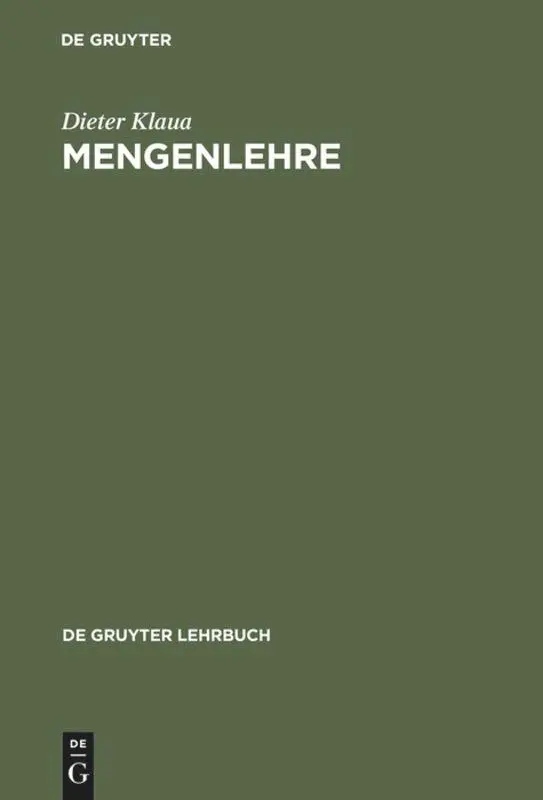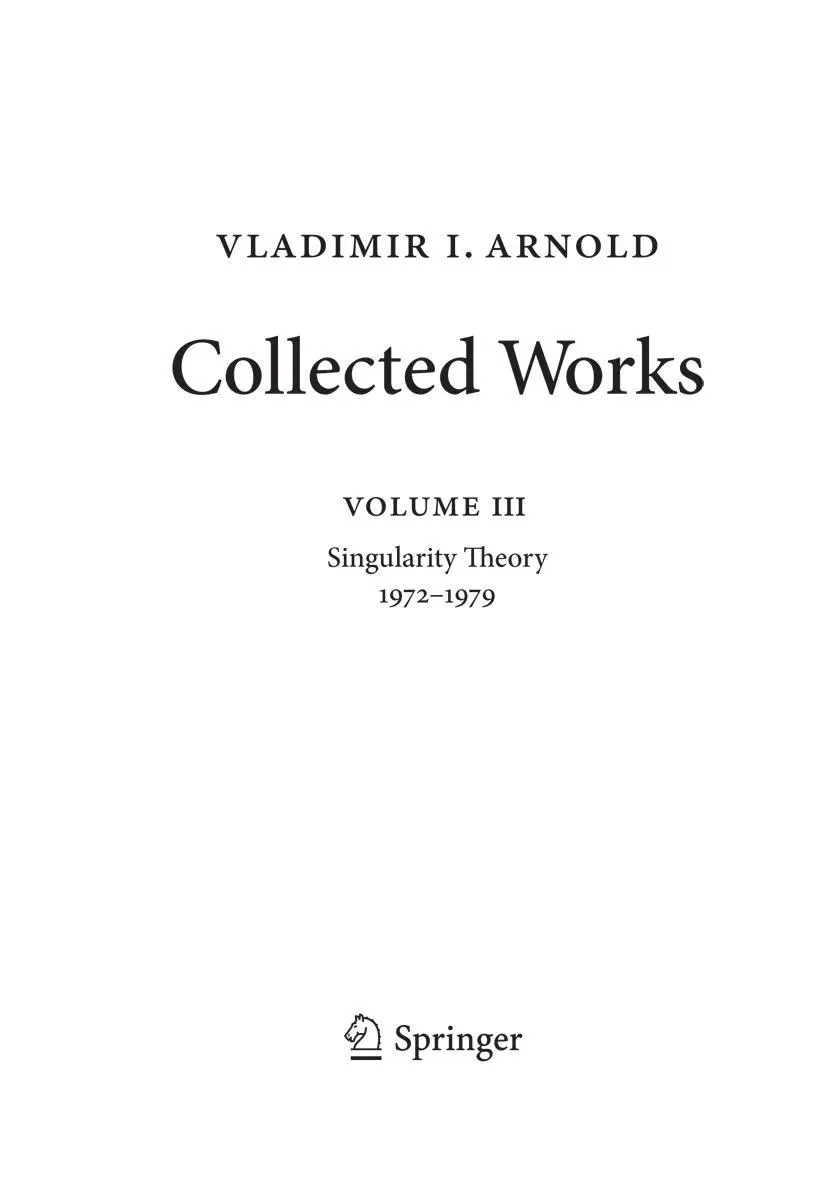Dekorationsartikel gehören nicht zum Leistungsumfang.
Sprache:
Englisch
63,80 €
UVP 74,89 €
Versandkostenfrei per Post / DHL
Lieferzeit 1-2 Wochen
Kategorien:
Beschreibung
Developed over years of classroom use, this textbook provides a clear and accessible approach to real analysis. This modern interpretation is based on the author¿s lecture notes and has been meticulously tailored to motivate students and inspire readers to explore the material, and to continue exploring even after they have finished the book. The definitions, theorems, and proofs contained within are presented with mathematical rigor, but conveyed in an accessible manner and with language and motivation meant for students who have not taken a previous course on this subject.
The text covers all of the topics essential for an introductory course, including Lebesgue measure, measurable functions, Lebesgue integrals, differentiation, absolute continuity, Banach and Hilbert spaces, and more. Throughout each chapter, challenging exercises are presented, and the end of each section includes additional problems. Such an inclusive approach creates an abundance of opportunities for readers to develop their understanding, and aids instructors as they plan their coursework. Additional resources are available online, including expanded chapters, enrichment exercises, a detailed course outline, and much more.
Introduction to Real Analysis is intended for first-year graduate students taking a first course in real analysis, as well as for instructors seeking detailed lecture material with structure and accessibility in mind. Additionally, its content is appropriate for Ph.D. students in any scientific or engineering discipline who have taken a standard upper-level undergraduate real analysis course.
The text covers all of the topics essential for an introductory course, including Lebesgue measure, measurable functions, Lebesgue integrals, differentiation, absolute continuity, Banach and Hilbert spaces, and more. Throughout each chapter, challenging exercises are presented, and the end of each section includes additional problems. Such an inclusive approach creates an abundance of opportunities for readers to develop their understanding, and aids instructors as they plan their coursework. Additional resources are available online, including expanded chapters, enrichment exercises, a detailed course outline, and much more.
Introduction to Real Analysis is intended for first-year graduate students taking a first course in real analysis, as well as for instructors seeking detailed lecture material with structure and accessibility in mind. Additionally, its content is appropriate for Ph.D. students in any scientific or engineering discipline who have taken a standard upper-level undergraduate real analysis course.
Developed over years of classroom use, this textbook provides a clear and accessible approach to real analysis. This modern interpretation is based on the author¿s lecture notes and has been meticulously tailored to motivate students and inspire readers to explore the material, and to continue exploring even after they have finished the book. The definitions, theorems, and proofs contained within are presented with mathematical rigor, but conveyed in an accessible manner and with language and motivation meant for students who have not taken a previous course on this subject.
The text covers all of the topics essential for an introductory course, including Lebesgue measure, measurable functions, Lebesgue integrals, differentiation, absolute continuity, Banach and Hilbert spaces, and more. Throughout each chapter, challenging exercises are presented, and the end of each section includes additional problems. Such an inclusive approach creates an abundance of opportunities for readers to develop their understanding, and aids instructors as they plan their coursework. Additional resources are available online, including expanded chapters, enrichment exercises, a detailed course outline, and much more.
Introduction to Real Analysis is intended for first-year graduate students taking a first course in real analysis, as well as for instructors seeking detailed lecture material with structure and accessibility in mind. Additionally, its content is appropriate for Ph.D. students in any scientific or engineering discipline who have taken a standard upper-level undergraduate real analysis course.
The text covers all of the topics essential for an introductory course, including Lebesgue measure, measurable functions, Lebesgue integrals, differentiation, absolute continuity, Banach and Hilbert spaces, and more. Throughout each chapter, challenging exercises are presented, and the end of each section includes additional problems. Such an inclusive approach creates an abundance of opportunities for readers to develop their understanding, and aids instructors as they plan their coursework. Additional resources are available online, including expanded chapters, enrichment exercises, a detailed course outline, and much more.
Introduction to Real Analysis is intended for first-year graduate students taking a first course in real analysis, as well as for instructors seeking detailed lecture material with structure and accessibility in mind. Additionally, its content is appropriate for Ph.D. students in any scientific or engineering discipline who have taken a standard upper-level undergraduate real analysis course.
Über den Autor
Christopher Heil is Professor of Mathematics at the Georgia Institute of Technology in Atlanta, Georgia. His research interests include harmonic analysis, time-frequency analysis, image processing, and more.
Zusammenfassung
Introduces real analysis to students with an emphasis on accessibility and clarity
Adapts the author's successful, classroom-tested lecture notes to motivate a thorough exploration of real analysis
Includes numerous exercises, definitions, and theorems, which are both easy to understand and rigorous
Reinforces the material with numerous additional online resources
Request lecturer material: [...]
Inhaltsverzeichnis
Preliminaries.- 1. Metric and Normed Spaces.- 2. Lebesgue Measure.- 3. Measurable Functions.- 4. The Lebesgue Integral.- 5. Differentiation.- 6. Absolute Continuity and the Fundamental Theorem of Calculus.- 7. The Lp Spaces.- 8. Hilbert Spaces and L^2(E).- 9. Convolution and the Fourier Transform.
Details
| Erscheinungsjahr: | 2019 |
|---|---|
| Fachbereich: | Analysis |
| Genre: | Mathematik, Medizin, Naturwissenschaften, Technik |
| Rubrik: | Naturwissenschaften & Technik |
| Medium: | Buch |
| Inhalt: |
xxxii
386 S. 1 s/w Illustr. 386 p. 1 illus. |
| ISBN-13: | 9783030269012 |
| ISBN-10: | 3030269019 |
| Sprache: | Englisch |
| Einband: | Gebunden |
| Autor: | Heil, Christopher |
| Auflage: | 1st edition 2019 |
| Hersteller: | Springer International Publishing |
| Verantwortliche Person für die EU: | Springer Verlag GmbH, Tiergartenstr. 17, D-69121 Heidelberg, juergen.hartmann@springer.com |
| Maße: | 241 x 160 x 29 mm |
| Von/Mit: | Christopher Heil |
| Erscheinungsdatum: | 30.07.2019 |
| Gewicht: | 0,793 kg |











